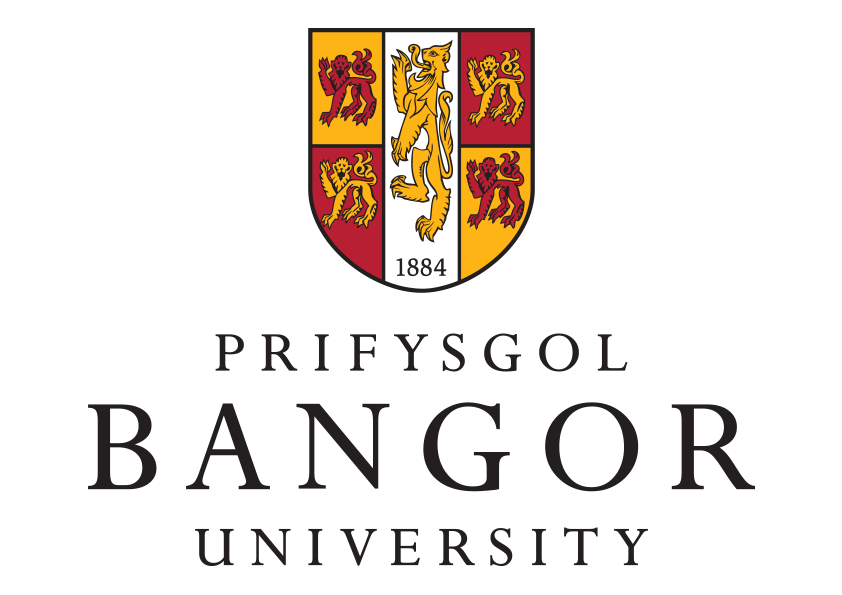| |
•History
and Background•
Melville Richards
Professor Melville Richards (1910-1973) taught at university
institutions in Swansea and Liverpool before becoming Professor of Welsh
at Bangor in 1965. He contributed extensively to Celtic scholarship in
literature, philology and grammar but his compulsive interest was in place-names.
During his career he amassed a remarkable archive of place-name material
upon which he based very many scholarly articles and more accessible but
no less authoritative articles for the general reader. From that mass
of 328,778 slips he also abstracted and organised material pertaining
to the major place-names of Wales which he had hoped to publish eventually
as a Welsh onomasticon. Sadly, his untimely death frustrated such a design
but his material will be incorporated into the forthcoming Dictionary
of the Place-Names of Wales, a volume which will be dedicated to
Melville Richards.
Creating a place-name database
in Wales
The Board of Celtic Studies
project
Shortly after Melville Richards’s death the Board of Celtic Studies
of the University of Wales determined that such a remarkable research
asset should be more widely available to stimulate, sustain and inform
place-name research in Wales. Eventually, in 1988, Professor Bedwyr
Lewis Jones (Melville Richards’s successor at Bangor) and Professor
Gwynedd O Pierce (Cardiff) were invited to initiate a project to convert
the archive into a database, and in consultation with Dr Terry James
(of the Royal Commission on the Ancient and Historical Monuments in
Wales) several prototypes were tried, and in 1994, a post was established
at BU funded by the Board of Celtic Studies to begin creating a database
from the research slips. Directed by Tomos Roberts, BU's archivist
at the time, successive inputters were Glynis Roberts, Catherine Lowe
and Ann Daniels. Progress was inevitably slow given the vast number of
slips.
The Arts and Humanities Research Board
project
At the instigation of the Board of Celtic Studies, Professor Hywel Wyn
Owen was awarded a major AHRB grant (under the Resource Enhancement Scheme)
to complete the database in a three-year project (2001-2004). The award
funded four (part-time) posts: Ann Daniels (2001-2003), and Nesta Roberts,
Owain Davies and Gruffudd Prys (2001-2004). The project was led by Professor
Hywel Wyn Owen and based in the Place-Name Research Centre at BU. The
AHRB project team, BU and the Board of Celtic Studies gratefully acknowledge
AHRB support in bringing the Melville Richards place-name database (AMR)
to completion.
The place-name archive at BU
Extent
The archive (excluding Melville Richards’s proposed onomasticon) consists
of 159 boxes each containing an estimated 2100 slips. The density of material
varies from slips with a solitary name to slips with ten or more lines of
detail. The slips cover settlements (places) and topographical features
(fields, hills, mountains, rivers, streams, bays, promontories etc.).
Presentation
Most slips will typically have a head-name (usually in standardised spelling),
a county, parish or township location, a grid reference (NGR), historical forms
(including date and documentary source), and occasionally cross-references to
similar names or to relevant secondary sources.
Documentary sources
In common with all place-name researchers Melville Richards took his historical
evidence from a range of documentary sources: land tax assessments, parish
registers, tithe maps and schedules, estate papers, medieval rolls, charters,
rentals, terriers and wills, maritime charts, enclosure awards, literary bruts,
chronicles, sagas and romances. As far as is currently known, Melville Richards
did not keep a formal list of abbreviations of his documentary sources but the
vast majority are conventional abbreviations readily recognised by
today’s scholars. However, there remains a very small number of
abbreviations which have defied all attempts at identification. All
abbreviations are listed within AMR.
Source references
Where Melville Richards knew of, or later discovered, an article, note or
discussion of a particular name he frequently added the reference to the slip,
sometimes as marginalia. These helpful references have been included in AMR.
Grid references
Wherever possible, Melville Richards located each name
(by parish and/or township), gave a grid reference
and provided a map reference using the older numeric
system. For some reason, still unexplained, he regularly reversed eastings
and northings. These have been corrected for AMR which also adds a corresponding
NGR based on current (2004) Ordnance Survey (OS) conventions.
The project acknowledges the co-operation of the OS in
this respect.
Supplementary material
The archive at BU includes more material than has been included in AMR.
Melville Richards was accustomed to use the boxes to marshal material
for research into grammar, lexicography and personal names. Early in the
project it was decided to exclude this material from AMR because it had
already been incorporated (in some form or other) in his critical editions
of literary texts and grammatical publications. However, in order to preserve
at least an electronic record of these additional non-toponymic slips,
they have been recorded by head-name only and then abstracted to form
a separate database. The remaining place-name archive, AMR proper, now
comprises 214,770 slips.
Creating the database
Format
The final version of the database was designed to work on a programme
known as Foxpro, deemed to be the most appropriate programme at the time.
Since then, the programme has been upgraded several times in consultation
with Dr Terry James and the Information Technology department of BU.
Inevitably, some features of the database are inevitably bound by the
limitations of an inherited format.
Fields
A typical slip contains the following features: head-name, location (township,
parish, pre-1974 county or other territorial designation such as commote or
island), grid reference, historical form, date, source, supplementary
references. AMR allocates a separate field to each feature.
Editing the database
AMR was prepared for final use by the project team, Information Services
at BU and staff at the Language Technologies Unit, Canolfan Bedwyr BU, a unit with expertise in language
digitisation and lexicography.
|


